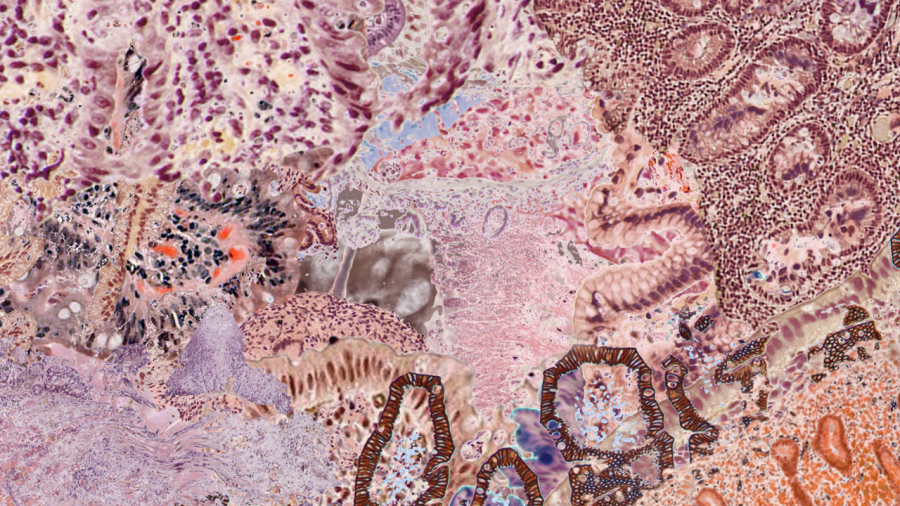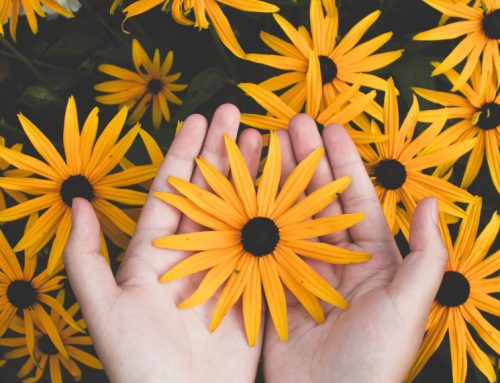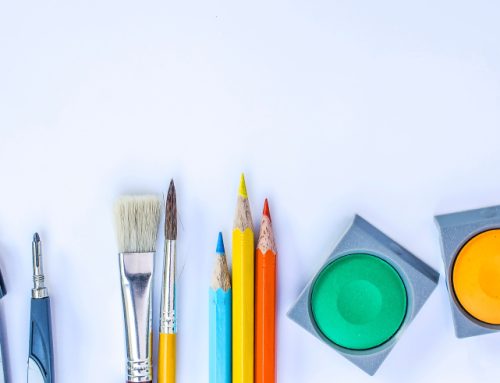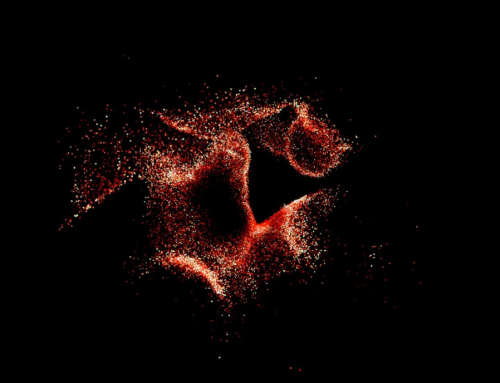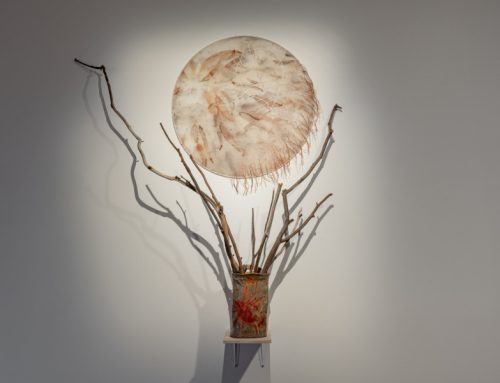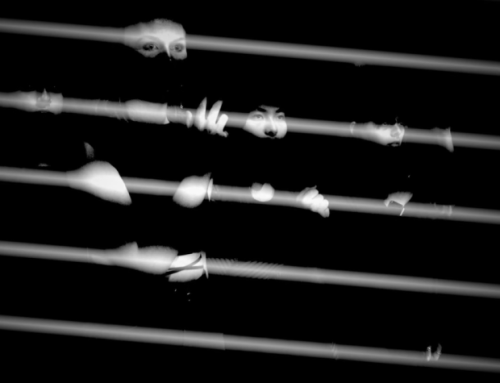The Stomach Ache Project has launched a new website featuring moving image artwork by Amelia Hine. This artwork was made from found images of biopsies from different parts of the gastrointestinal system. This art beautifully represents the Stomach Ache project’s aim, to explore how art and creative practice can provoke new relationships with the gastrointestinal system, reframing new science and enduring beliefs about the guts, health, trauma and digestion.
Stomach Ache is a research-driven curatorial project exploring the felt experience of complex health issues that originate in the gastrointestinal tract, at a time when up to 40% of people worldwide experience digestive complaints that have no clear cause. It explores how art and creative practice can provoke new relationships with our anatomy, enhancing and challenging medical investigation into the links between trauma, diet, environment, and digestion.
One of the stages of the project has already commenced involving interviewing participants about their experience living with undiagnosed gastrointestinal complaints, but there are opportunities for more participants to become involved. If this sounds like something that would interest you, more information can be found at https://stomachacheproject.com/get-involved/.
The Stomach Ache Project asks two main questions:
- How are people living with undiagnosed gastrointestinal complaints forced to think creatively in response to their symptoms? How do they experiment with alternative forms of information and treatment, where doctors are unable to give a clear diagnosis? What new definitions of social justice, ethics and care are raised by this?
- How can an expanded definition of creative practice (visual art, curating, and informal approaches to thinking creatively about one’s health) provoke new relationships with the gastrointestinal system?
The project is led by Dr. Vanessa Bartlett (University of Melbourne, Arts) in collaboration with Dr. Chamara Basnayake (University of Melbourne, Medicine) Lindsay Kelley (UNSW, Art & Design) and Rachel Marsden (University of the Arts, London).
Dr. Bartlett sheds some light on the aims of the project:
“The Stomach Ache Project aims to contribute to new understanding of arts and health by suggesting that people are already creatively and experimentally adapting and hacking their gastrointestinal system. For example, we have become very accustomed to the idea that you can use probiotics to change your gut microbiome. Or as a more extreme example, there are communities of people who are experimenting with Faecal Microbial Transplantation at home. If we think about this as a kind of creative, experimental relationship to one’s health, it proposes a very different way of thinking about the relationship between creativity and health.”
A recent article in Pursuit explored Dr Basnayake’s research into treating gastrointestinal symptoms that have no clear organic cause. He discussed how the current model of care for these symptoms is in adequate. “We’ve long known that treatments like diet, psychology and physiotherapy can help and now we’ve shown that bringing these approaches together in a team-based approach actually works and makes sense economically. We don’t want to be working in silos anymore, where we separately look after our own speciality or skill, instead multi-disciplinary collaboration which can produce better outcomes for our patients.”
More information regarding the project can be found at https://stomachacheproject.com.
The Australasian Health and Medical Humanities Network’s Work-in-Progress Seminar is taking place online on August 17 2022. Vanessa Bartlett will be presenting on on the work of the artist Kathy High, the Stomach Ache project and the brain-gut microbiome. Further details, including the registration and seminar links, can be found here:
